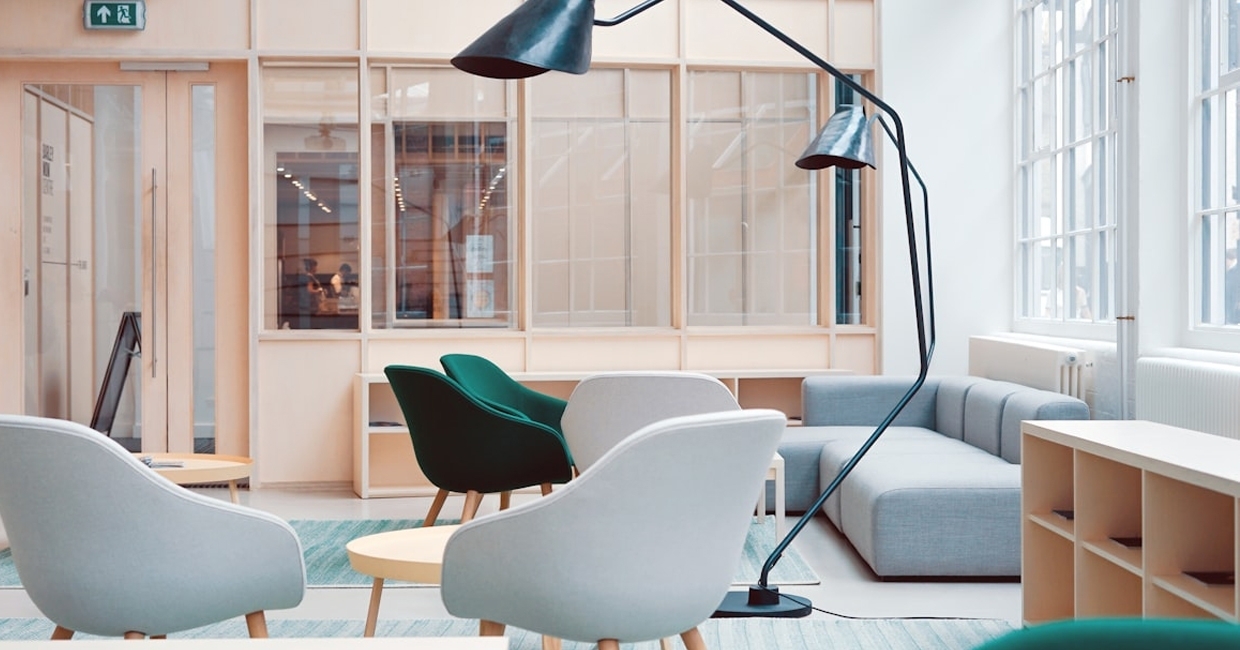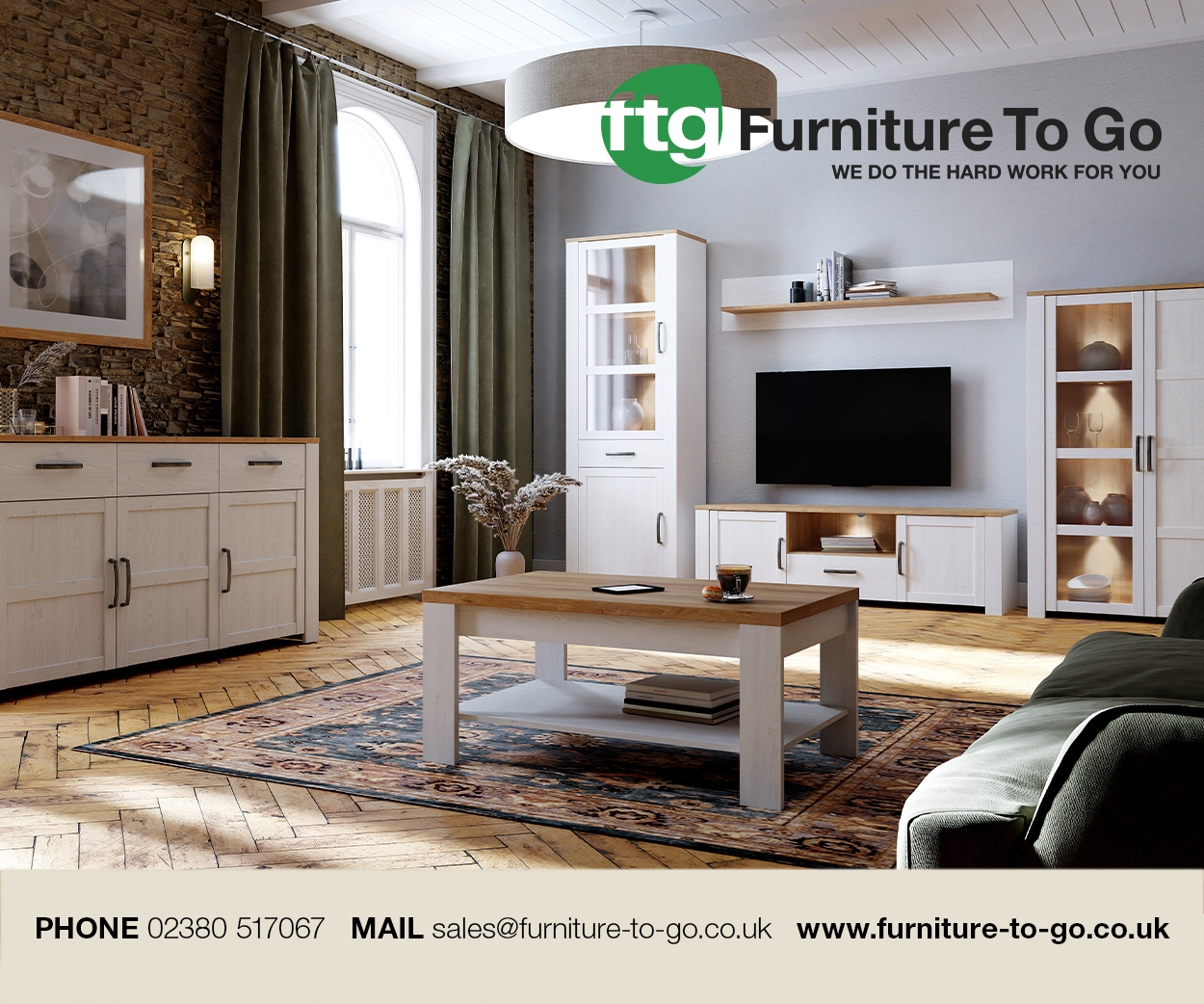“Please excuse the mess, the kids are making memories.” Any home that bears this sign is bound to have scratches, stains, and pencil marks all over the walls, writes Deepika Ravi – but, on the bright side, every stain, scratch and dent does tell a unique story, and behind it all, there are different pieces of furniture standing on the frontline, taking the brunt …
The UK’s home furnishing market generated a revenue of $55b in 2024. A steady trajectory in growth is expected till 2030, at the rate of +9.6%. Consumers today are walking the full spectrum, from functional pieces to decorative elements.
Retailers need to capitalise on this, and what better place to start than robust, functional value? This article will share three times when furniture became the protagonist, stealing the show. We will discuss how the right pieces play a key role in supporting the households that rely on them.
The accidental knock that didn't leave a mark
The home environment is often as dynamic as it gets. Furniture endures minor bumps here and a few accidental knocks there. Many such incidents seem trivial, but they carry the potential for impacting the appearance and life expectancy of furniture.
Emphasising the durability of products in withstanding accidental knocks can be a good selling point for retailers. This understanding can help guide recommendations and even justify premium pricing.
Consider the scenario of a living room. A child rushes past the coffee table with a backpack in their hand. They accidentally hit the table hard with the backpack. If the table is well constructed with reinforced joints and a solid frame, it will absorb the impact. You may well find no scratches on it, or signs of structural damage. On the other hand, a low-quality table could wobble, dent, or develop a loose leg. Each of these cases would affect customer satisfaction and long-term reputation.
Likewise, upholstered furniture faces high-traffic movements and collisions from pets. Again, a sofa with tight stitching and high-density foam cushions would withstand any bumps with minimal wear. When retailers highlight features like anti-slip legs or reinforced corner blocks, they stand a better chance of retaining customers.
Trends indicate that there is a high demand for durable and sustainable furniture in the UK market. Wood has emerged as the preferred choice. Customers are looking for furniture that offers both functional durability and aesthetic appeal. Manufacturers, in turn, are being encouraged to produce furniture that can withstand sudden jerks.
The rare home shock that tests all boundaries
Furniture retailers need to focus on products that are so resilient that they can withstand even those rare, unexpected shocks. Such scenarios are infrequent, but the fact that they do occur should emphasise the importance of robust design and quality materials.
Let's understand this using the example of a pressure cooker explosion. This event is quite rare, but the aftermath can be catastrophic. In many cases, the fallout includes major damage to the nearby walls, furniture, and the home's structural integrity. Moreover, TorHoerman Law shares that the injuries can range from severe burns to lacerations and disfigurement. Such situations only highlight the importance of furniture that can survive high-impact situations.
For instance, furniture can play a protective role by absorbing impact, acting as a physical barrier, and minimising the risk of secondary injuries.
In 2025, the UK’s furniture market is expected to have a value of $21.92b. It will continue to grow at the rate of +2.49% till 2030. Retailers need to keep in mind that the growth is largely driven by consumer preference for quality and durability. Those who prioritise these attributes are more likely to see a positive impact on their sales and brand reputation.
Besides the explosion of a pressure cooker, there can be other rare shock events. These would include pipe bursts, the falling of heavy objects, and tremors from construction activity.
The long road of daily life
When all is said and done, the furniture you promote should pass the litmus test for daily wear and tear. One or two accidental knocks may go unnoticed, but what about when such incidents culminate over time? This is more about the cumulative effect that constant use generally has.
From daily use to special occasions like family gatherings, furniture’s ability to withstand long-term stress is crucial for both consumers and retailers. Pieces may feature marks and scratches left behind by simple items like keys or pens.
Similarly, the upholstery may sag or stain due to spills from drinks and pets. Then, exposure to sunlight or household cleaning chemicals can cause discolouration. People also tend to open/close certain hardware daily, like cabinets and drawers. The friction alone can lead to squeaking or breakage.
If retailers wish to stay relevant, they must choose products wisely. A shift in consumer priorities points towards durable upholstery fabrics and reinforced wood joints.
Moreover, sturdy shelving is needed. The same goes for soft-close mechanisms that endure the constant opening and closing. In all of this, functionality and aesthetic appeal should remain intact.
Most consumers consider furniture to be a long-term investment. This means they would be willing to prioritise quality over price. Plus, top durability features do help justify price points while building trust with buyers.
Furniture’s quiet heroism isn't merely for customers. It’s also a reminder to retailers that durability in design is an investment in client trust. To differentiate yourself in a highly competitive market, highlight how your furniture withstands battles, be it daily chaos or rare accidents. Storytelling tactics around product resilience and interactive displays should communicate to your customers how the pieces ensure real-life use.
Don't just aim to be a purveyor of furniture. Instead, become a partner in making homes safer and more comfortable.
Photo courtesy Unsplash







